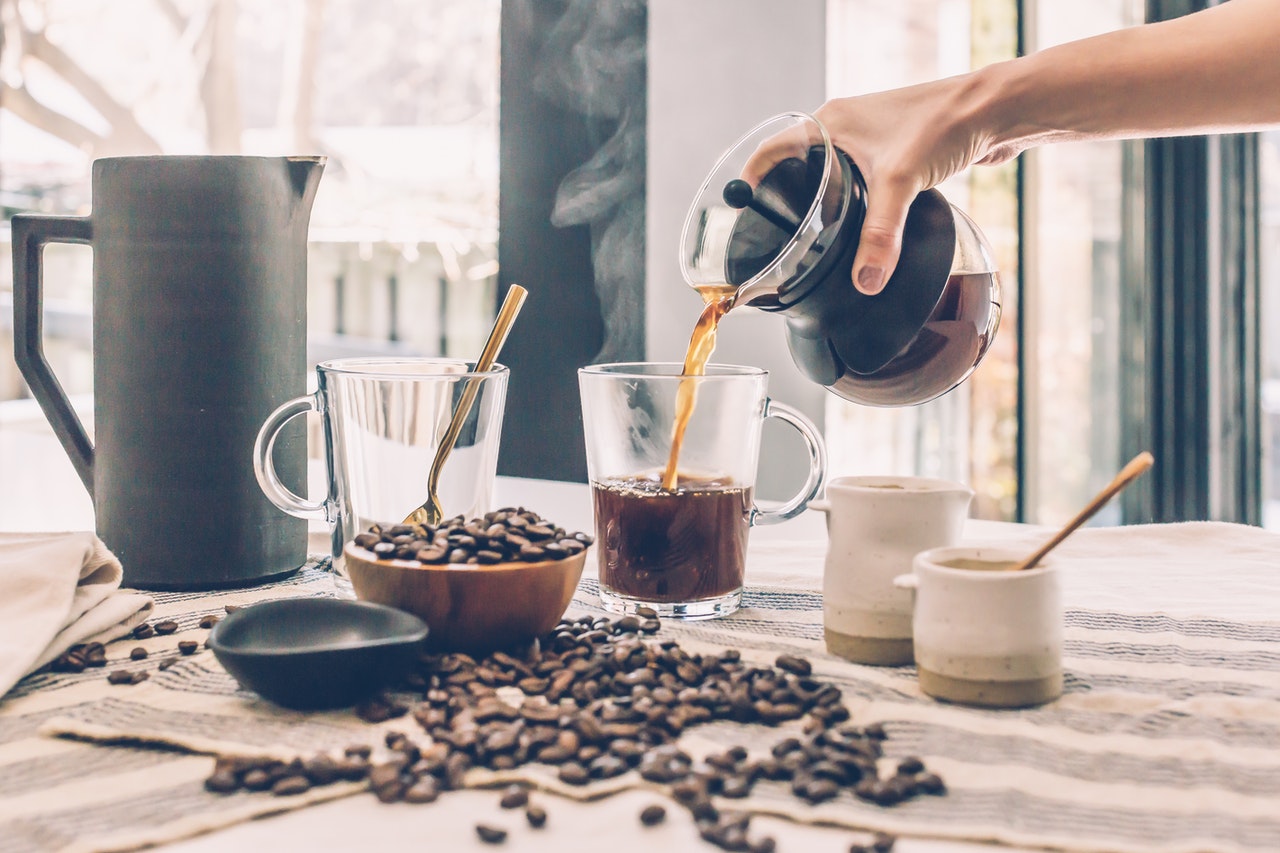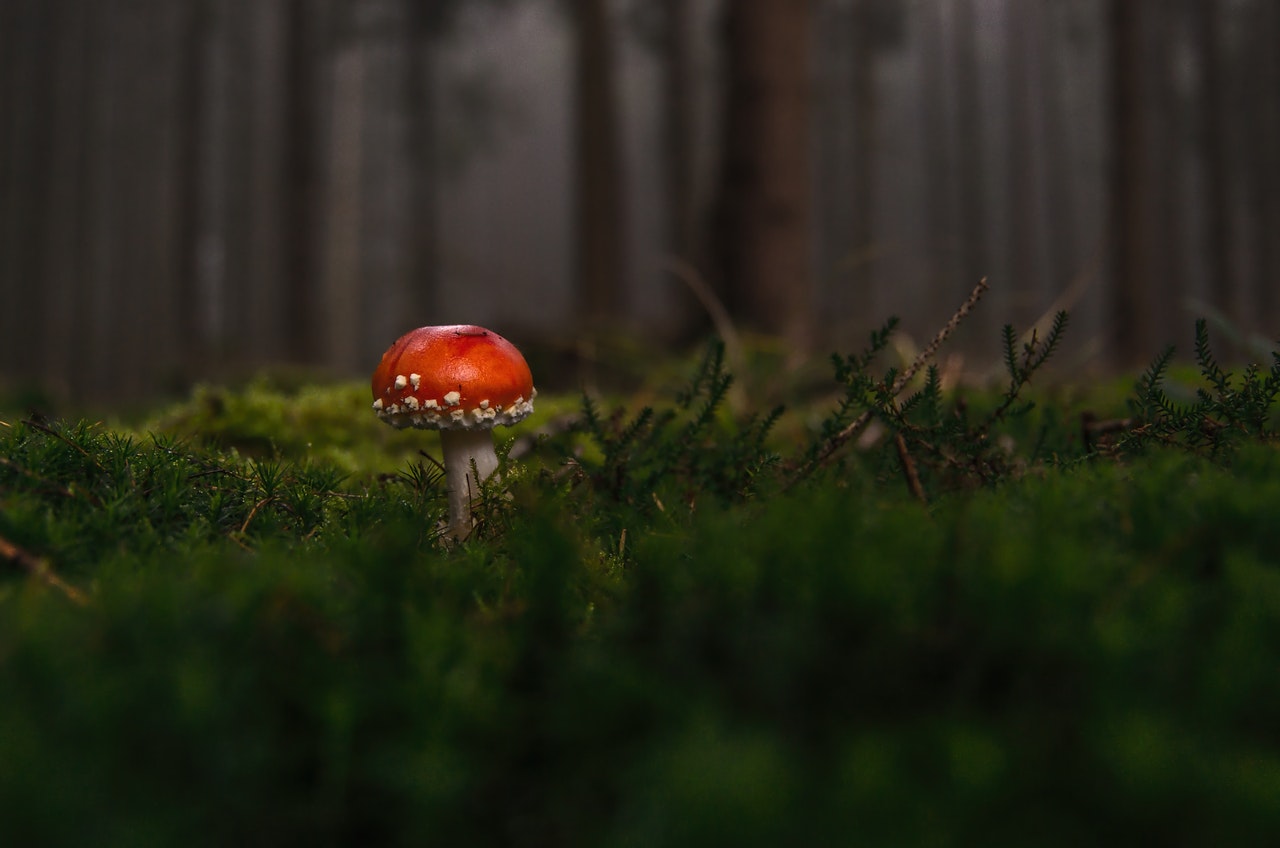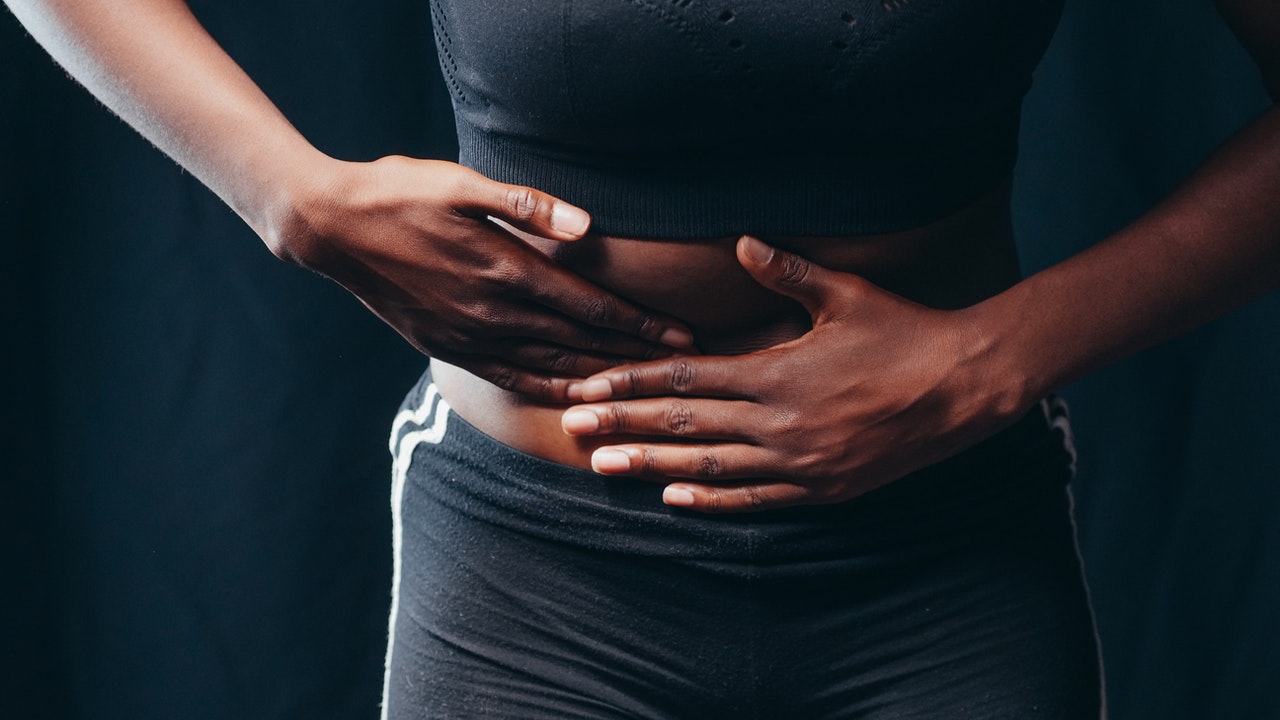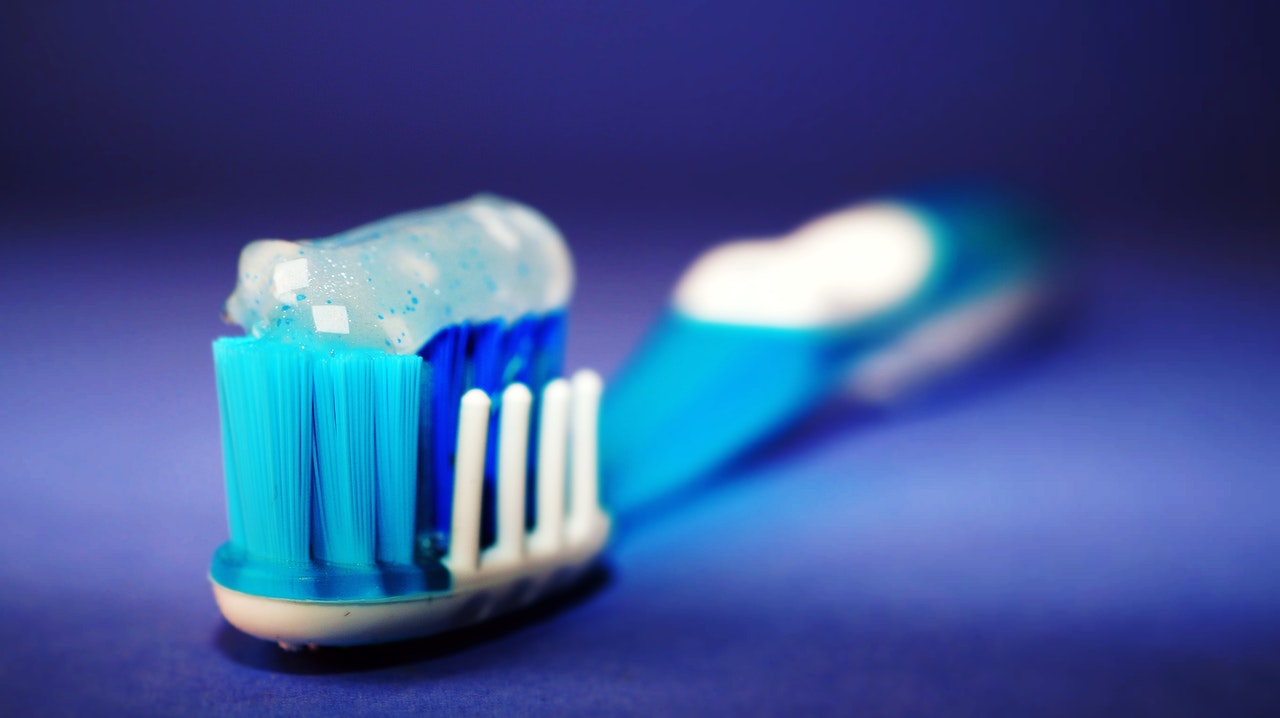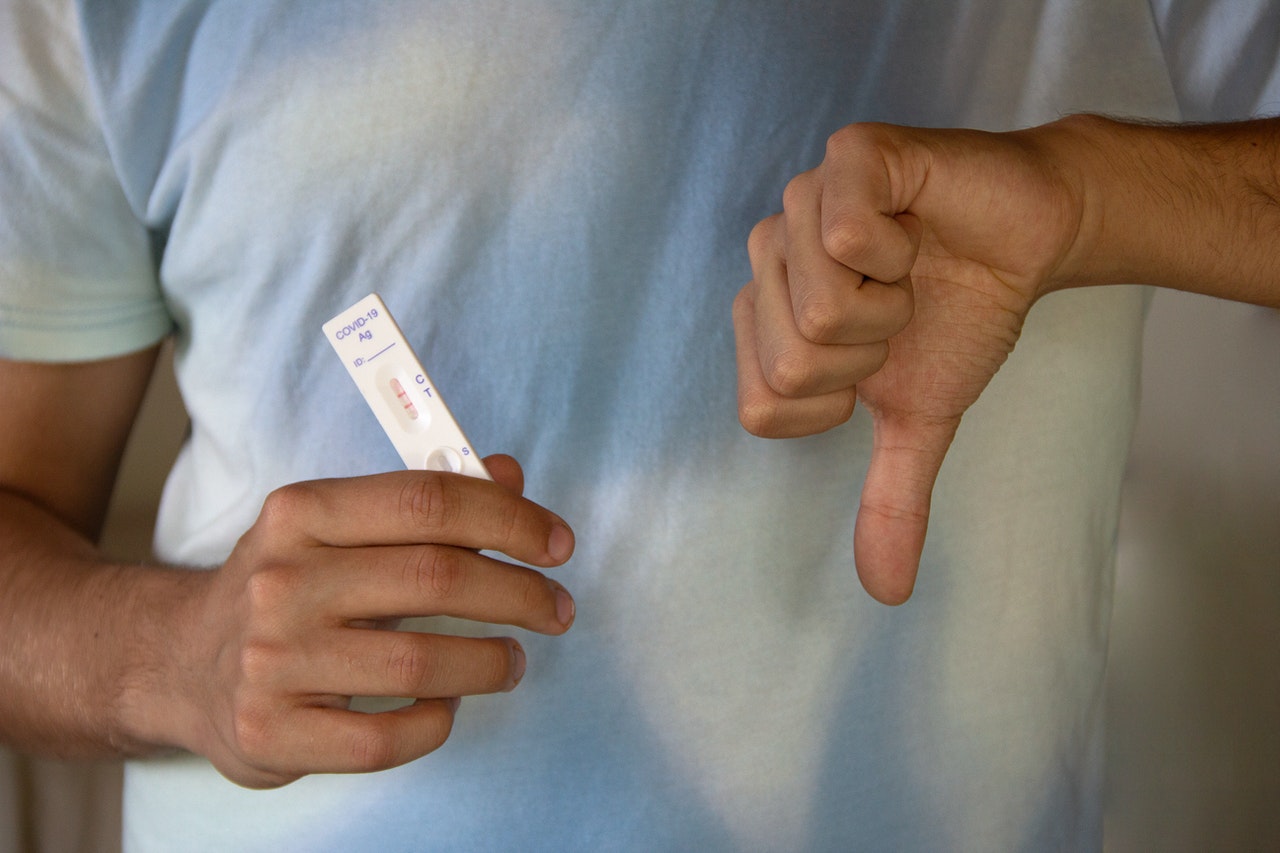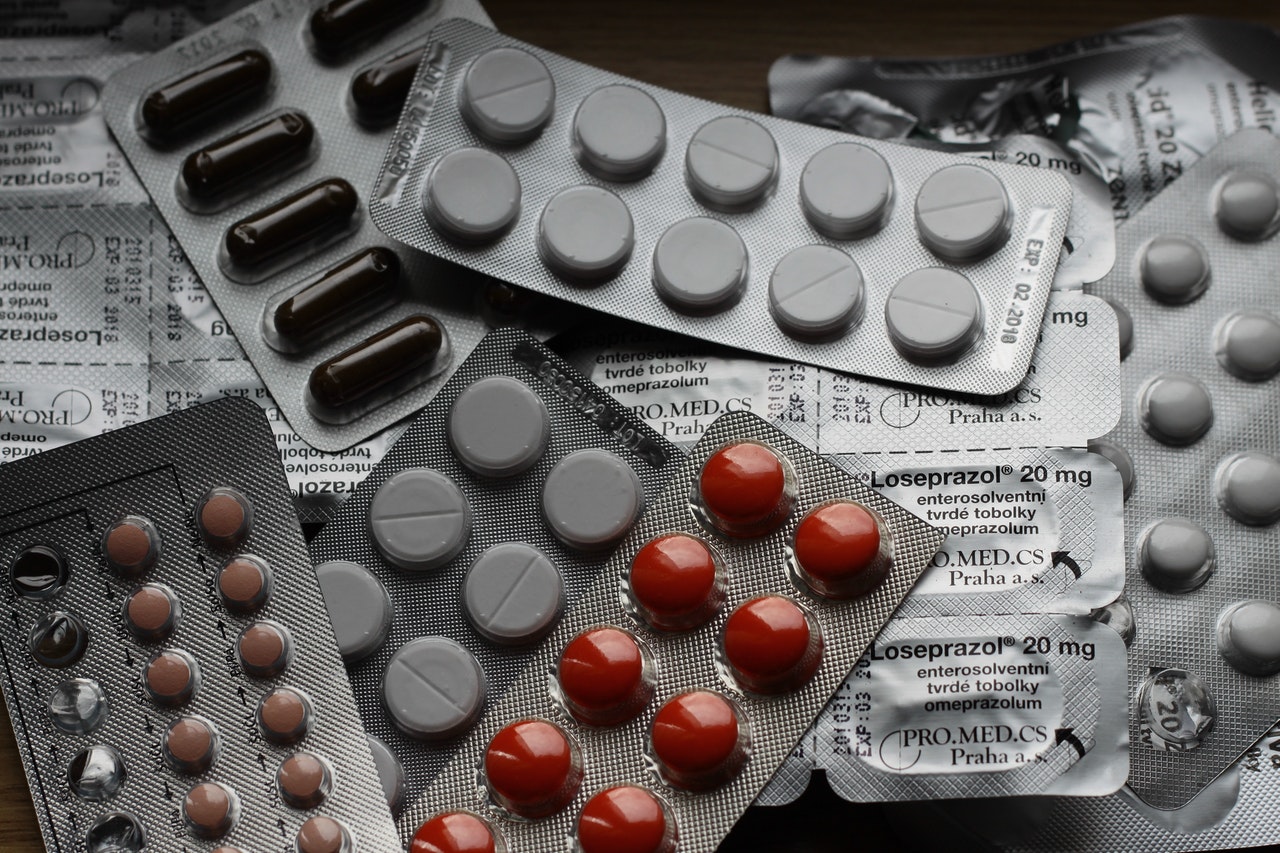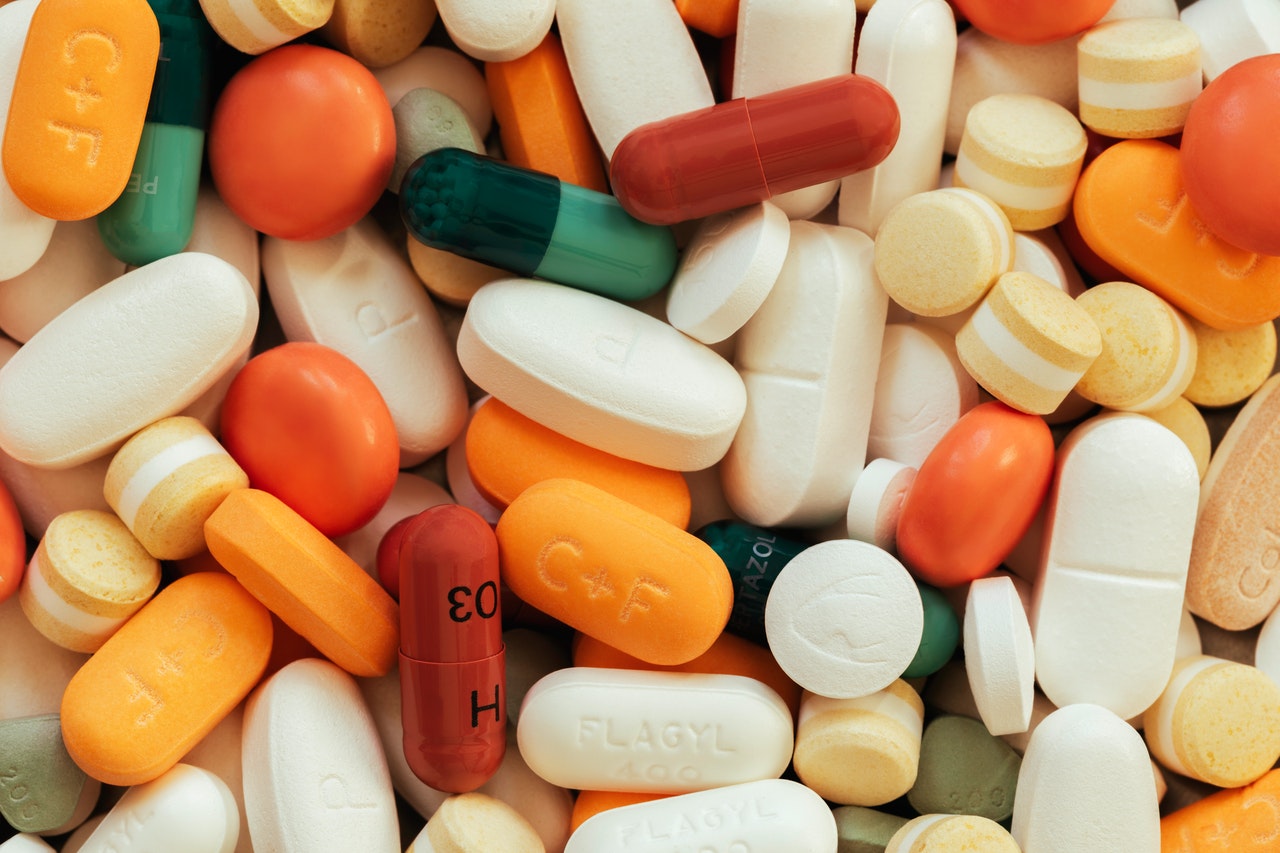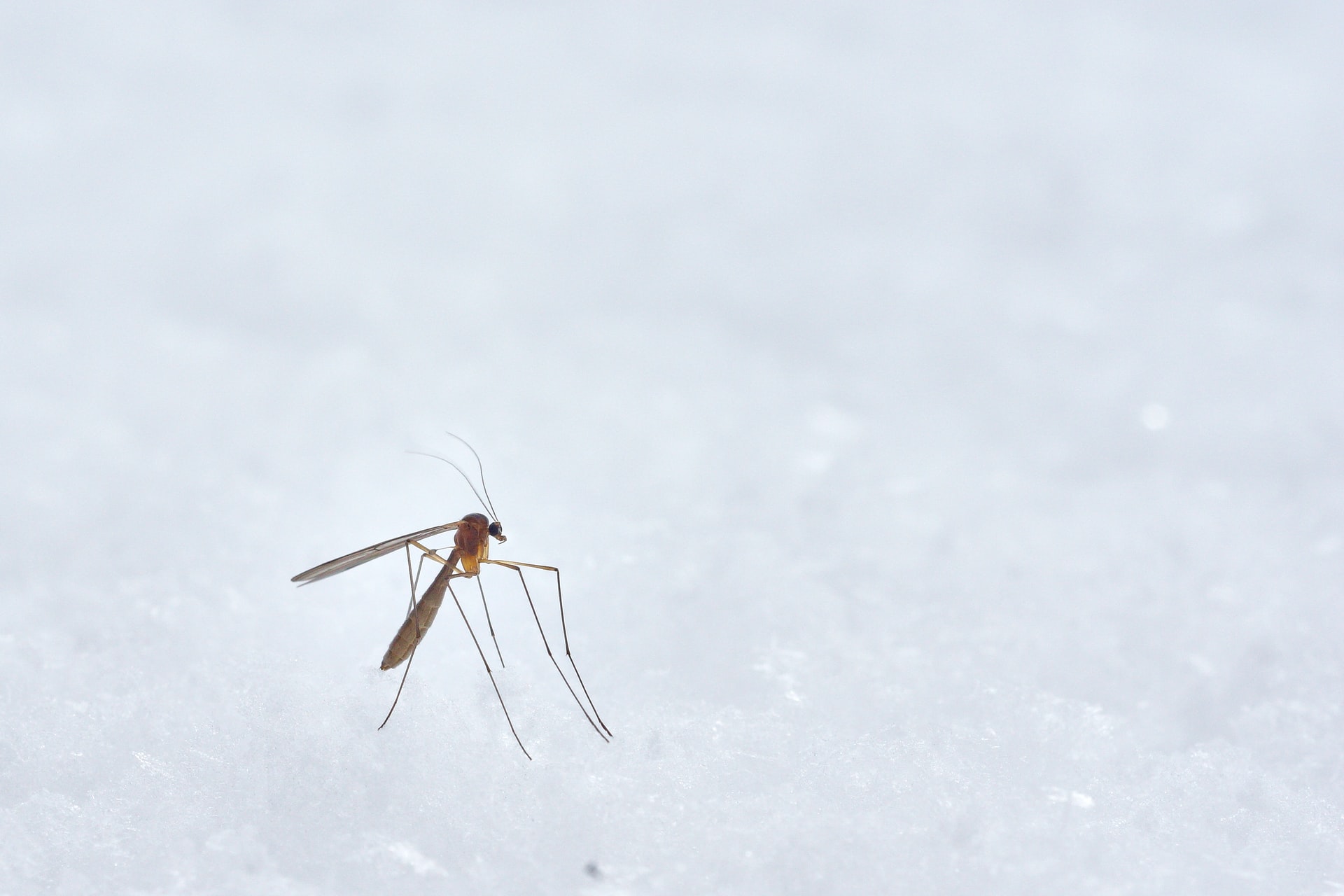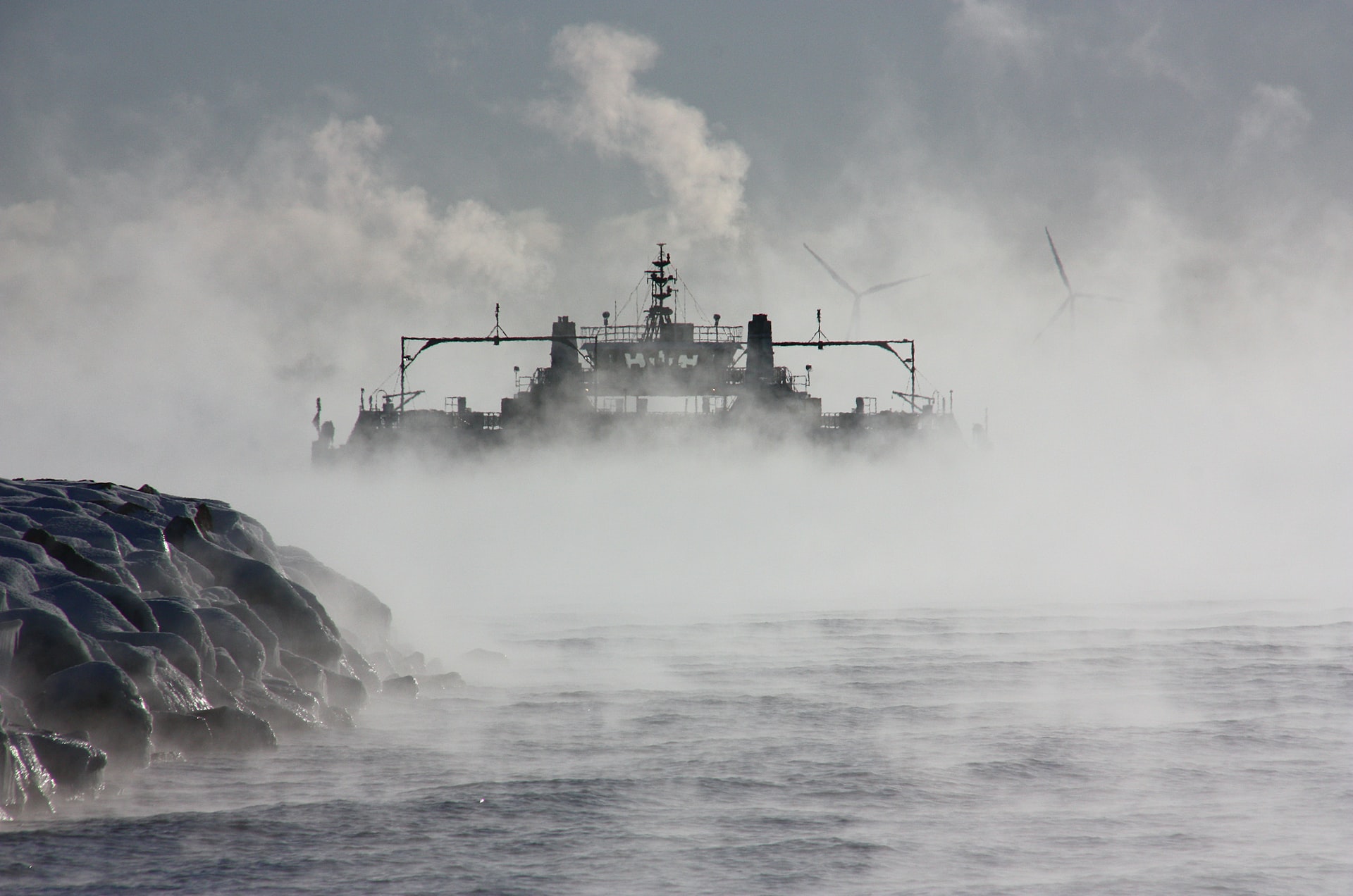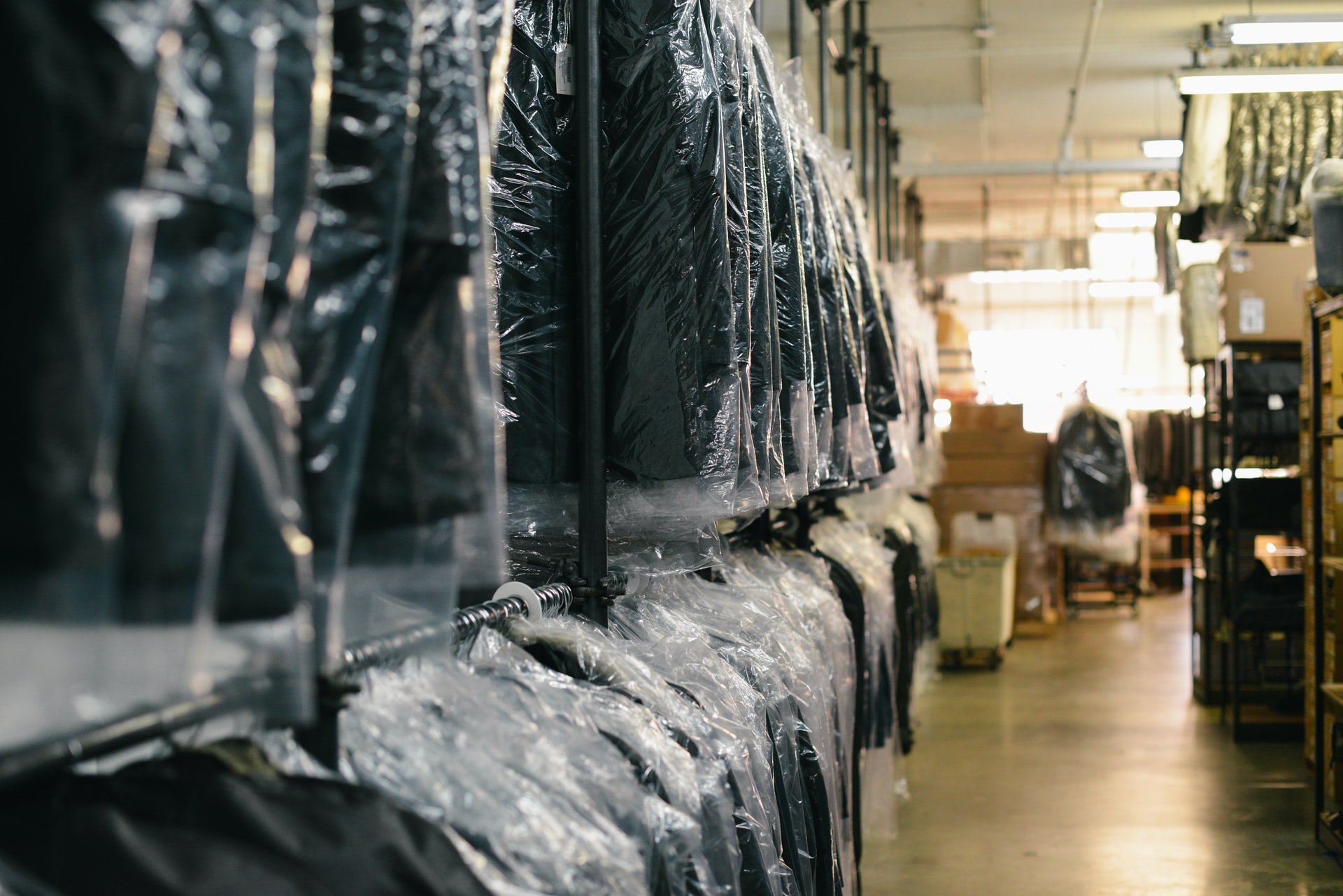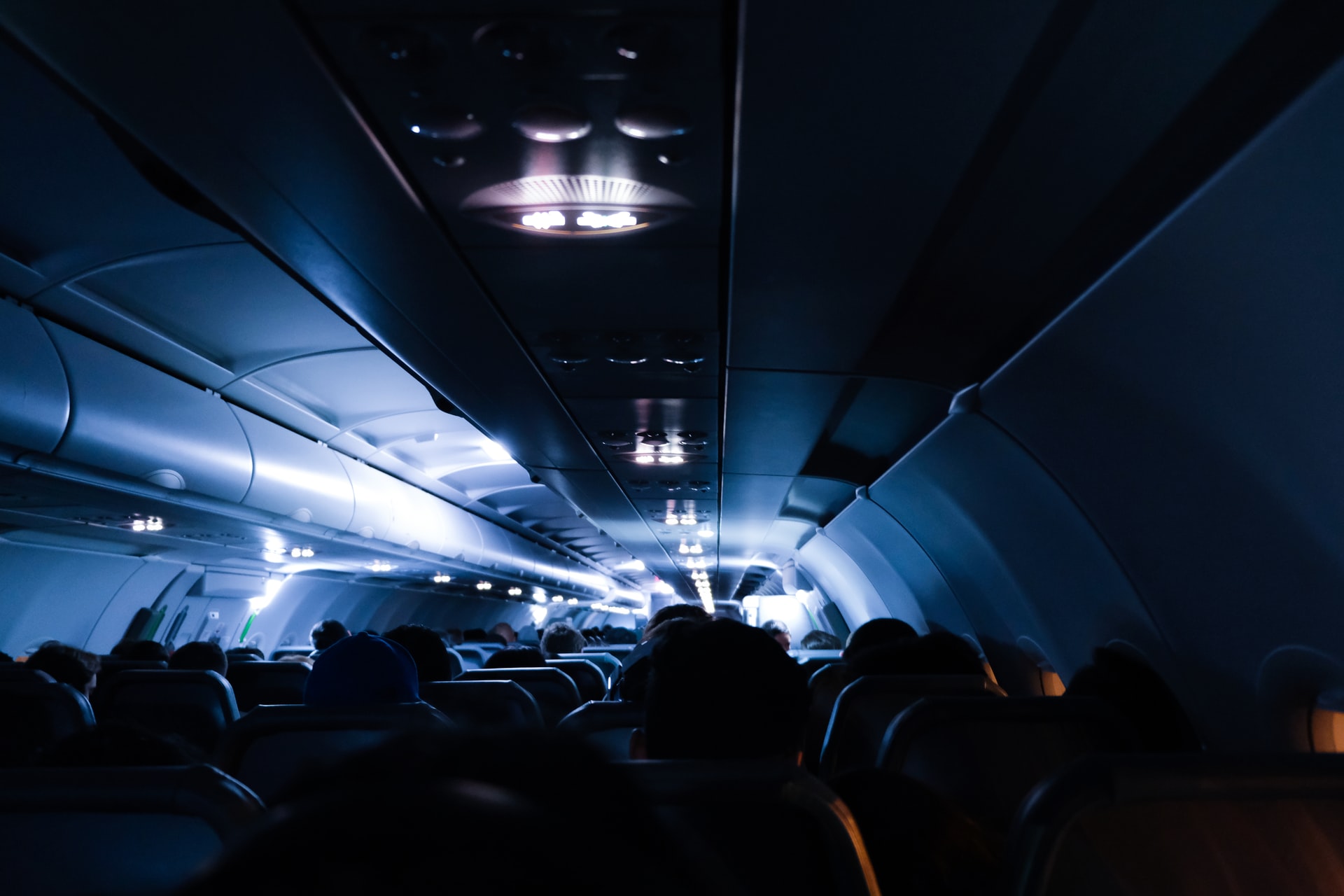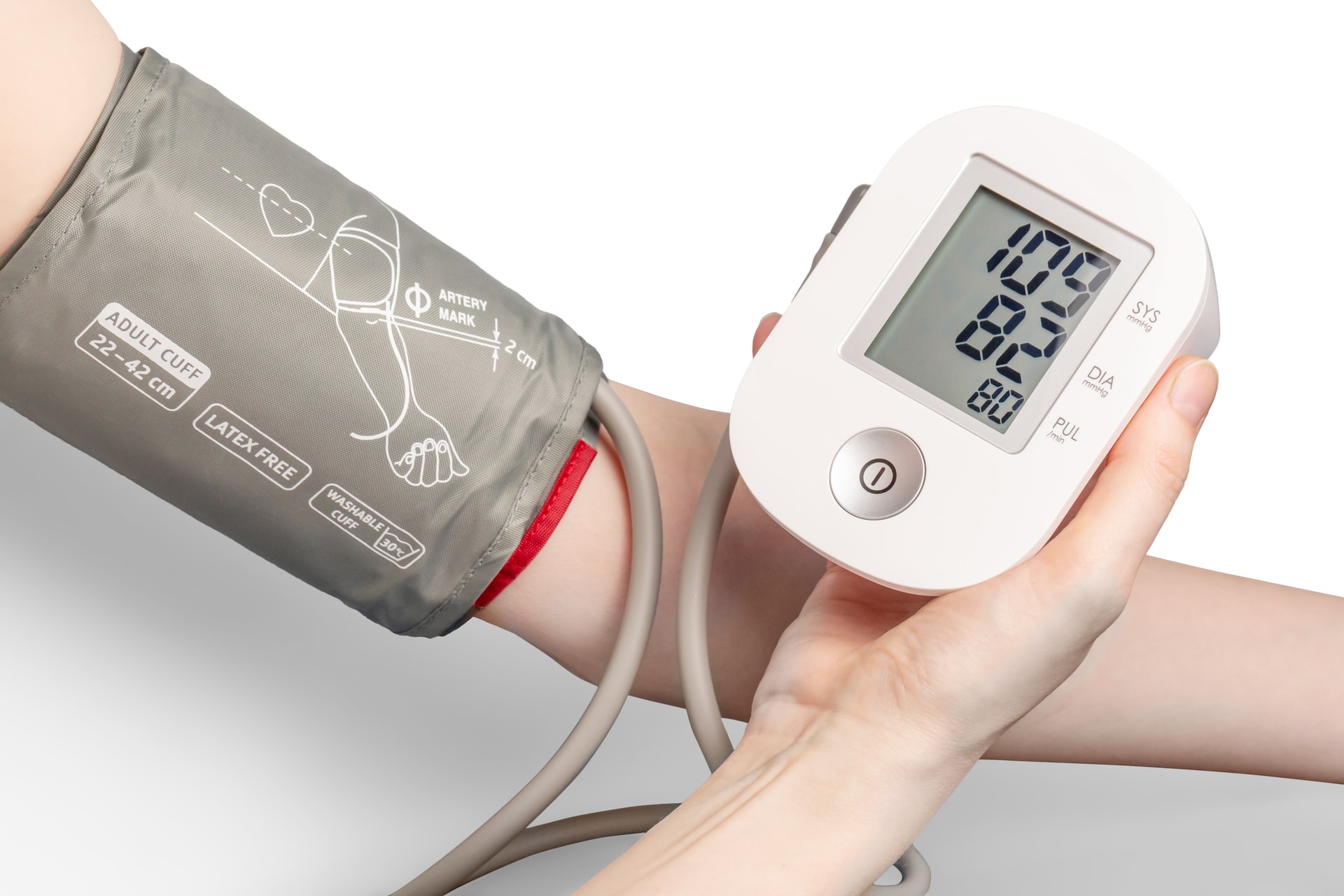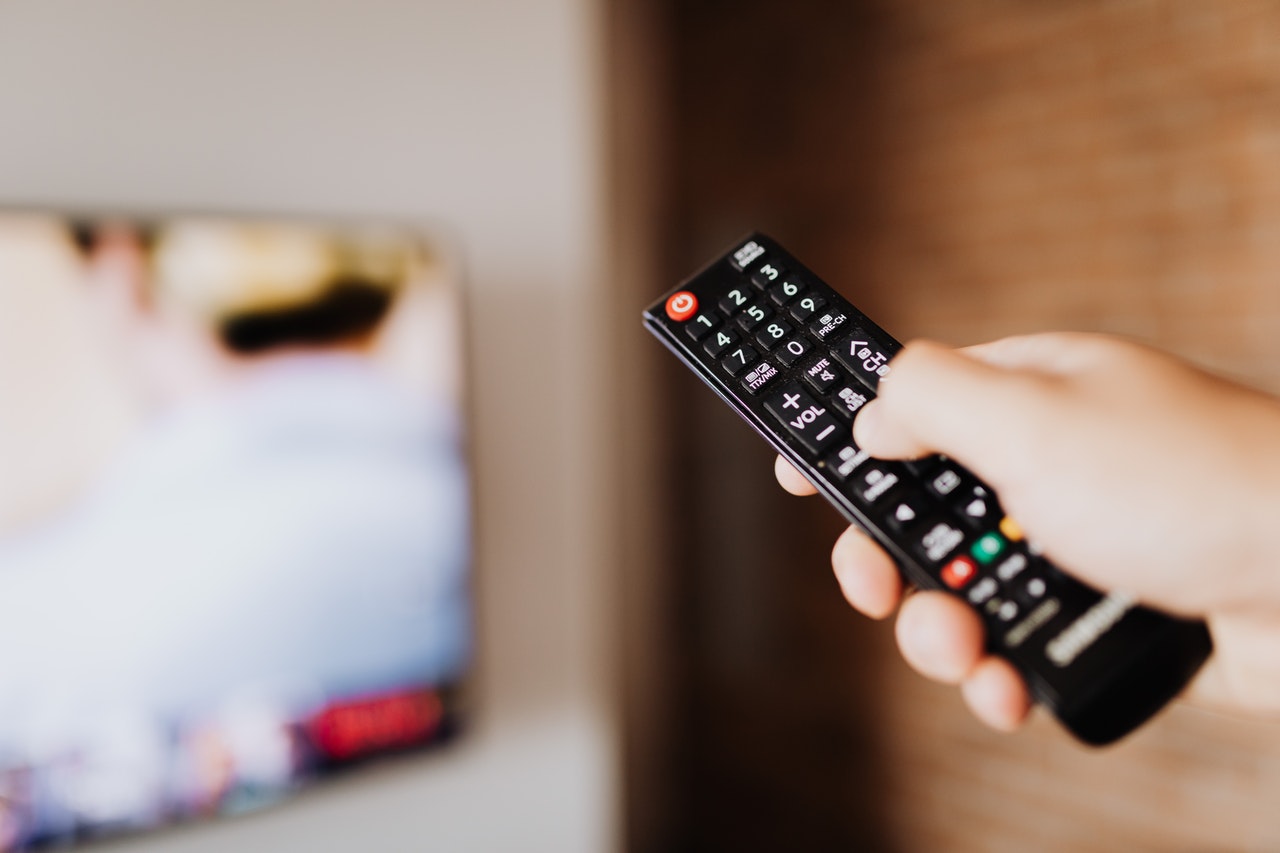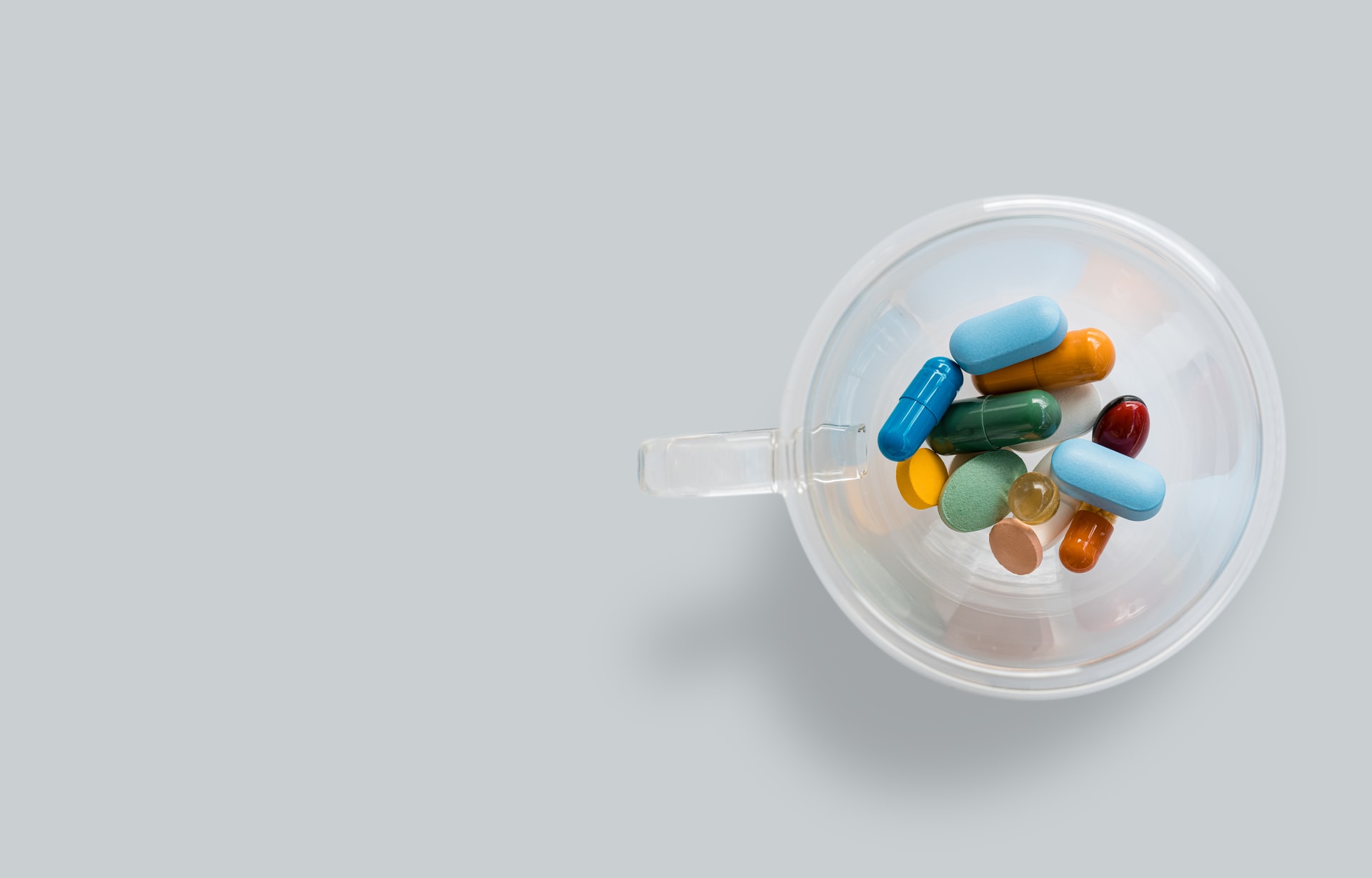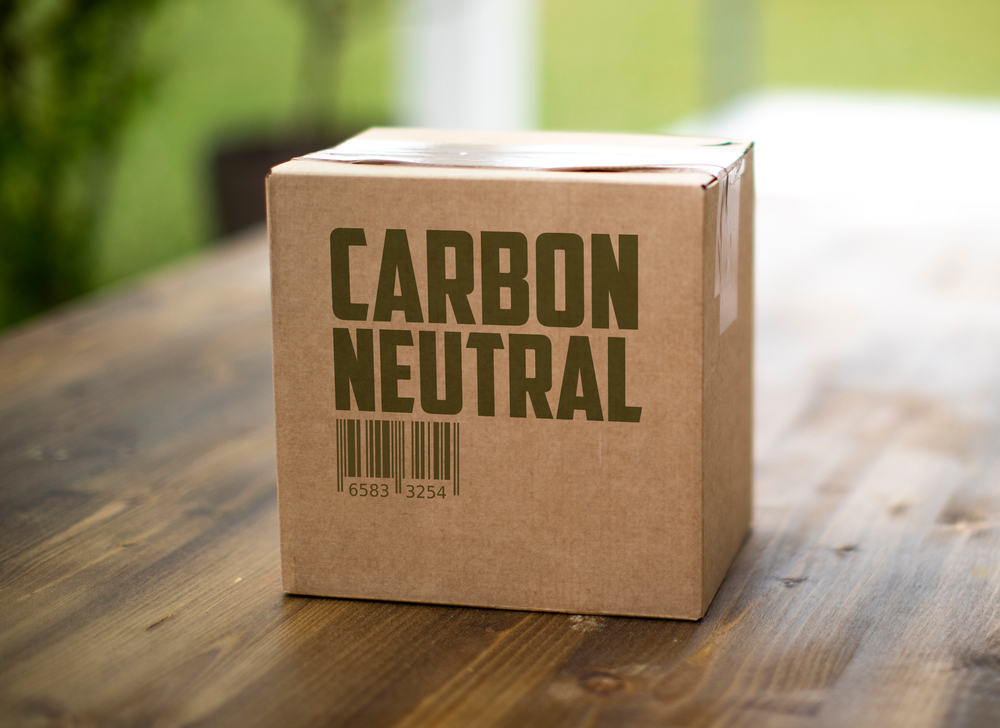Reading Time: < 1 minutes
- SPF stands for Sun Protection Factor.
- The number next to SPF is a measure of how well the sunscreen will protect your skin against UVB rays, which cause sunburning and skin cancer.
- E.g. if your skin burns in the sun after 1 minute, SPF 15 will multiply 1 minute by 15; so under normal circumstances SPF 15 will not let your skin burn till 15 minutes.
- Whether skin burns in 1 minute or 20 minutes depends largely on the complexion; lighter skin burns quickly.
- Laboratory tests are conducted on human volunteers using specialised equipment to determine the time for skin burn without and with application of SPFs.
- Another difference in different SPFs is percentage of UVB rays they block.
- E.g. SPF 15 blocks 93% UVB rays; SPF 30 blocks 97% and SPF 50 blocks 98%.
- After SPF 50, the difference is very small and hence a lot of countries insist that anything above SPF 50 is marked as SPF 50+ and no number is given.
- The sunscreens are made of two kinds of substances.
- The first kind absorbs the rays, changes them into heat and releases them from skin as infrared rays; these kinds are called chemical sunscreens and they get mixed with the skin.
- The second kind has material such as zinc oxide or titanium dioxide that reflect the rays; these kinds are called physical sunscreens and they form a whitish layer on top of skin.
- While there is no measure for protection against UVA rays, there are ingredients such as Avobenzone and Octocrylene that protect against UVA as well.
- Sunscreens that provide protection against UVA and UVB usually have ‘Broad Spectrum Protection’ written on them (these are the ones you should buy).
- While UVB causes sun-burning and skin cancer, UVA causes skin ageing and pigmentation.
Image courtesy of Photo by Retha Ferguson from Pexels


